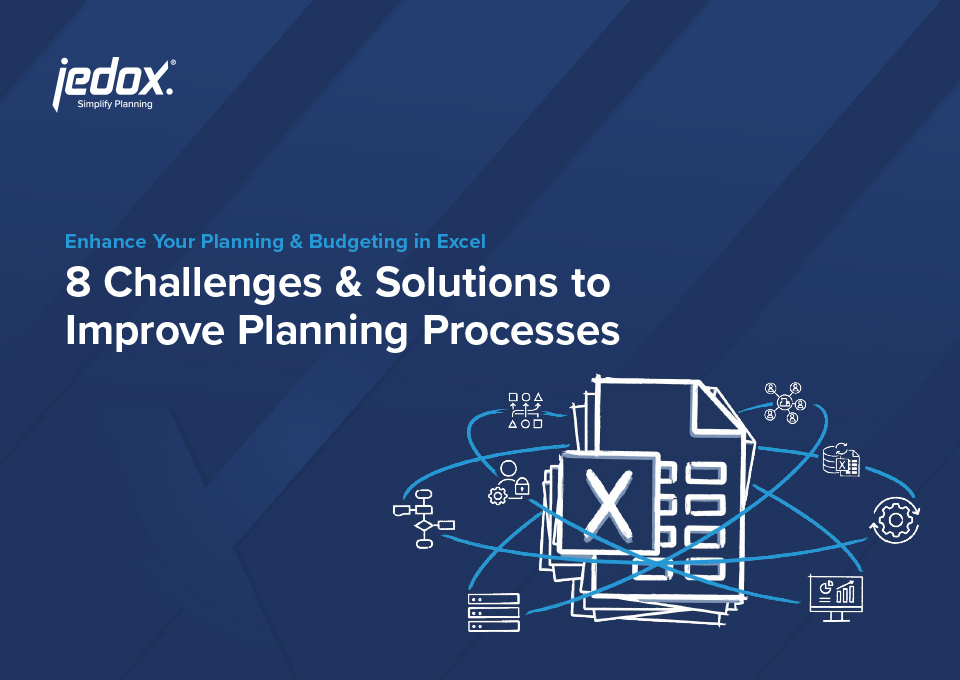Difference Between Top Down and Bottom Up Approach in Reading

Height-downwardly and Lesser-upwards planning
Planning is one of the most important aspects of a successful, enterprise-wide performance direction process. Two of the most common planning approaches are peak-down planning and bottom-upwards planning methods. Although these 2 models represent two opposing strategies, they share similarities in the way a company identifies its key objectives. At a very bones level, the top-down approach attempts to move from the full general to the specific, while the bottom-upwards approach finds its mode from the specific to the general. In companies, both approaches are ofttimes combined to form a countercurrent process.
- What is summit-downward and lesser-upwards planning?
- Superlative-down
- Bottom-Up
- Top-down vs. Bottom-up?
- Which model is the best fit for my company?
- Advantages and disadvantages of top-downwards planning
- Advantages and disadvantages of bottom-up planning
- Countercurrent procedure: Linking strategies and activities with each other
- How does the countercurrent procedure work?
- Advantages of the countercurrent procedure
- Take fourth dimension into account
What is top-downwards and lesser-up planning?
Peak-downward and bottom-upwardly planning is bidirectional planning. Information technology is a combination of top-downwards and bottom-up approaches. Planning takes identify from superlative to bottom likewise equally from bottom to peak. Differences between the two directions are continuously coordinated and coordinated. In detail, these are methods for planning equally well equally for the definition of goals and possibilities for their achievement.
Top-downward
In top-downwardly planning, the get-go global (framework) objectives are divers and ways of achieving them are determined. They are gradually moved to the lower levels of the organizational hierarchy to be adult and specified. This is a divergent approach.
Bottom-Up
With the lesser-upward planning method, relatively narrow goals are initially ready at the lower levels of the organizational hierarchy. They are then gradually integrated into the framework of the global goals and strategy at college levels. It is therefore a convergent approach.
Top-down vs. Lesser-up?
Peak-downwards planning traditionally involves the definition of corporate goals and their subdivision into specific goals, which are then dealt with in phases.
- Top-down planning or retrograde planning is an approach that aims to gradually move from the top to the lesser level of a particular bureaucracy. The organization's management provides a framework program with company goals, for example, based on the expected market development and growth targets, which is cleaved down into subplans and specified in detail in the subordinate levels of planning. These subplans in turn serve as outline plans and goals for the subsequent planning levels.
- The aim of bottom-up planning, or progressive planning, is to create a programme at a lower, meaningful nomenclature level and so develop information technology to the higher level. For instance, lesser-up planning focuses on specific products or services of a company in a particular region and is based on sales forecast data and other information such as production chapters, department specific costs, and a subjective assessment of market trends by the planner.
Which model is the best fit for my company?
Determining the best model ultimately depends on the nature of the specific business organization and the resources bachelor. As an entrepreneur, you need to decide how much control you lot desire over the implementation of the strategies you demand to achieve the key objectives. Top-down and bottom-upward planning techniques each have their own advantages and disadvantages.
Advantages and disadvantages of top-down planning
- The advantage of top-down planning is that the objectives of the subplans across all hierarchical levels largely stand for to the objectives of the unabridged company. In add-on, circuitous and time-consuming coordination tasks are eliminated and then that the program can be created more quickly.
- The biggest disadvantage of the top-down planning approach results from the fact that management is only familiar with the opportunities and problems of individual departments in unique cases. Unrealistic and therefore unattainable targets tin be the result.
Advantages and disadvantages of bottom-upward planning
- The advantage of bottom-upward planning, on the other hand, is that due to the decentralized approach, planning starts directly from the employees involved. A higher motivation and identification with the created plan is the result. Employees are directly involved in the planning procedure. The plans are generally more realistic.
- A decisive disadvantage of the bottom-upward planning approach is the high expenditure of fourth dimension and coordination. It tin can also happen that subplans contradict each other in terms of content and the bar is fix low for organizational goals.
Countercurrent procedure: Linking strategies and activities with each other
In order to make optimum use of both approaches, both planning procedures are often used in combination with each other equally required. If top-down and bottom-up planning are applied simultaneously, this is referred to equally countercurrent planning or a countercurrent method. A combination of both planning methods enables an efficient and target-oriented implementation of the visitor goals also as the inclusion of all affected departments and processes. This can considerably increment the quality of the planning results.
How does the countercurrent procedure work?
- Pinnacle-downwardly preparation: The company direction sets targets (preliminary, overriding targets and framework plans, oftentimes based on previous bottom-upwards forecasts).
- The following hierarchy levels apply the defined guidelines as orientation and create sub-goals and subplans for their respective departments from the higher-level goals.
- Bottom-up response: The lowest hierarchical level coordinates the subplans footstep by step and summarizes them.
- Corporate management approves corporate goals and plans.
Advantages of the countercurrent process:
- The strategic goals and measures are coordinated in terms of content.
- More than feasible objectives are the result of this combined process.
- Employees are able to make a better connection with goals.
Have time into account
The demand for communication and coordination between the central and decentral planning units is paramount. Experience has shown that the planning process must be run through several times before a terminal corporate plan tin can be drawn up. With a modern solution for planning, for instance in the area of Financial Planning and Analysis (FP&A), which offers functionality for collaboration and approval workflows, the additional effort in terms of personnel and time can exist significantly reduced.
Source: https://www.jedox.com/en/blog/top-down-bottom-up-planning/

0 Response to "Difference Between Top Down and Bottom Up Approach in Reading"
Post a Comment